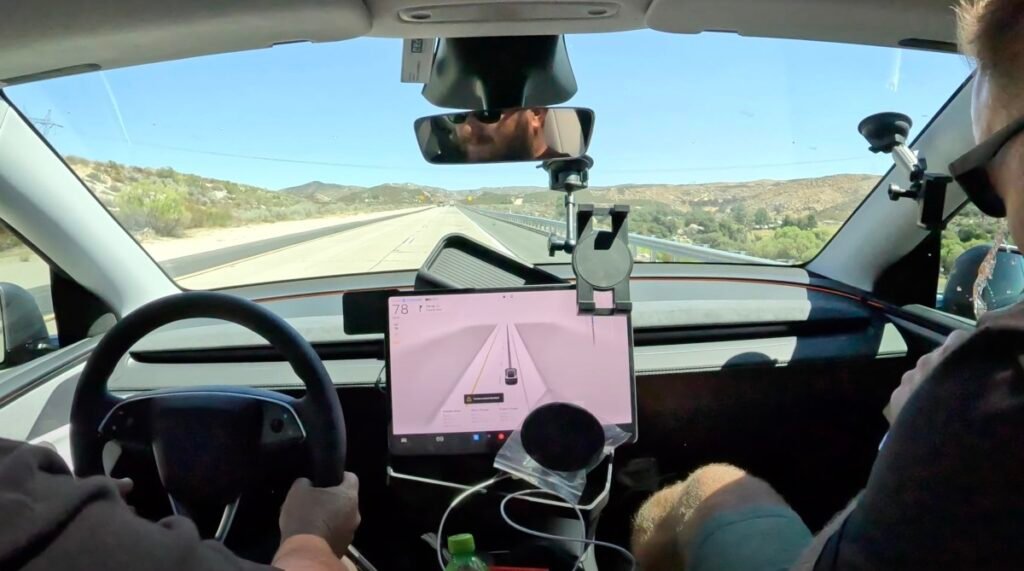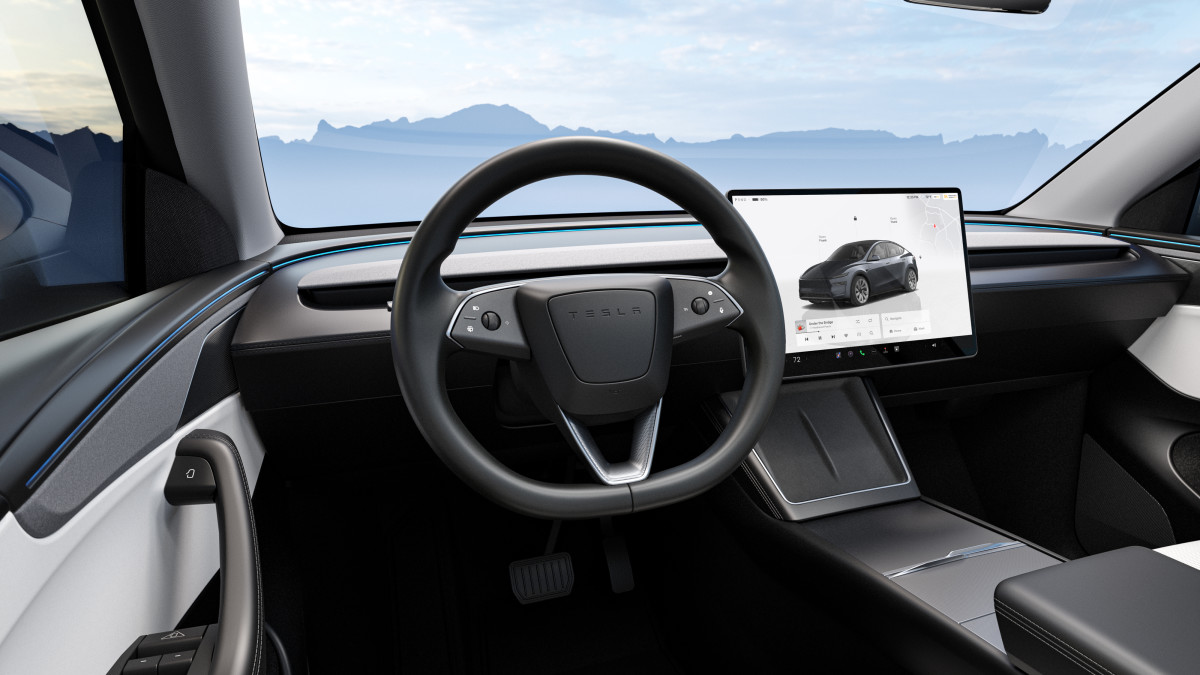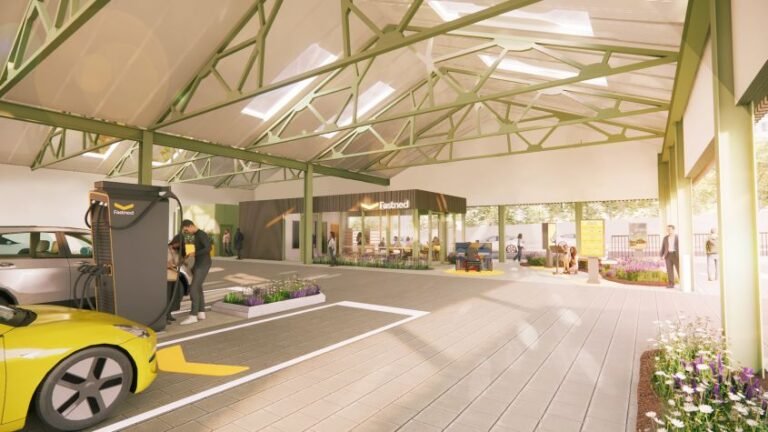
This Tesla’s coast-to-coast self-driving attempt didn’t even last 60 miles
Tesla has achieved some extraordinary breakthroughs with its autonomous technologies in recent times, highlighted by the gradual rollout of its robotaxi fleet and the new Model Y crossover that autonomously delivered itself to its new owner. Many owners have also posted videos of their commutes using the company’s Full Self-Driving (FSD) Supervised suite, which can handle most driving duties by itself.
But the tech remains susceptible to unpredictable hazards that could be avoided if a human were fully in control. That much was just proven when a pair of Tesla influencers attempted to complete a coast-to-coast trip in a Model Y with the latest FSD software, which remains a Level 2 system requiring driver attentiveness at all times. To cut to the chase, it did not go well, with the trip not even lasting 60 miles before the Tesla crashed into a large piece of road debris.
Related: Feds Audit Tesla Over FSD Crashes — What Owners Should Know
Shocking Incident Caught On Camera
The duo attempting the trip posted a video of the event, which was shared on the Bearded Tesla Guy YouTube page. According to the post, a recent trip of 1,000 miles from Florida to Indiana—during which FSD performed flawlessly without the need for the driver to take over—inspired this attempt of a much longer coast-to-coast trip between San Diego, California, and Orlando, Florida.
The clip shows the pair approaching an object in the road, which they initially misidentified as roadkill. Instead, it was a metal ramp, and with FSD active and the driver perhaps placing too much faith in the system, the 2026 Model Y made zero attempt to slow down or swerve. It struck the metal ramp at around 77 mph, and the force of the impact is clearly visible from inside the car: Various objects went flying as the car left the ground.

A follow-up video revealed that the sway bar bracket was broken, and there are other suspension components that were damaged, as can be seen in the images above.
The Leap To Level 3 Is Still Significant

The incident with the metal ramp demonstrates the fundamental difference between a Level 2 and Level 3 self-driving system. With Level 2, the driver is required to continuously monitor the driving situation at all times. This provides a safety net when you encounter something unpredictable, such as a metal ramp in the middle of a highway. With a Level 3 system, such a hazard may have been identified and a request could have been made by the system for the driver to resume control.
There is simply no way to account for every possible hazard on the road when programming a self-driving system, but even so, it’s disappointing that FSD can do so much yet it failed to detect such a large object. Potholes and road debris do seem to be weak points, as confirmed by another owner who watched the video.
“I have a 2026 Model Y, and the only time I ever disengage FSD is because of a pothole or some type of road debris. As I found out the hard way in ownership of this vehicle, it will not avoid these items all the time,” said the owner.
What Owners Need To Know

Despite Tesla making its self-driving suite more accessible, owners are encouraged not to become complacent or test the limits of the system; this can be challenging, especially if you’ve logged hundreds or thousands of drama-free miles with FSD active.
It’s advisable to treat unusual hazards with caution, and to take matters into your own hands if you aren’t sure how the system may react. There’s now also some evidence that road debris and potholes are weak spots for the system in its current form, and this is something Tesla should pay attention to in a future update.




